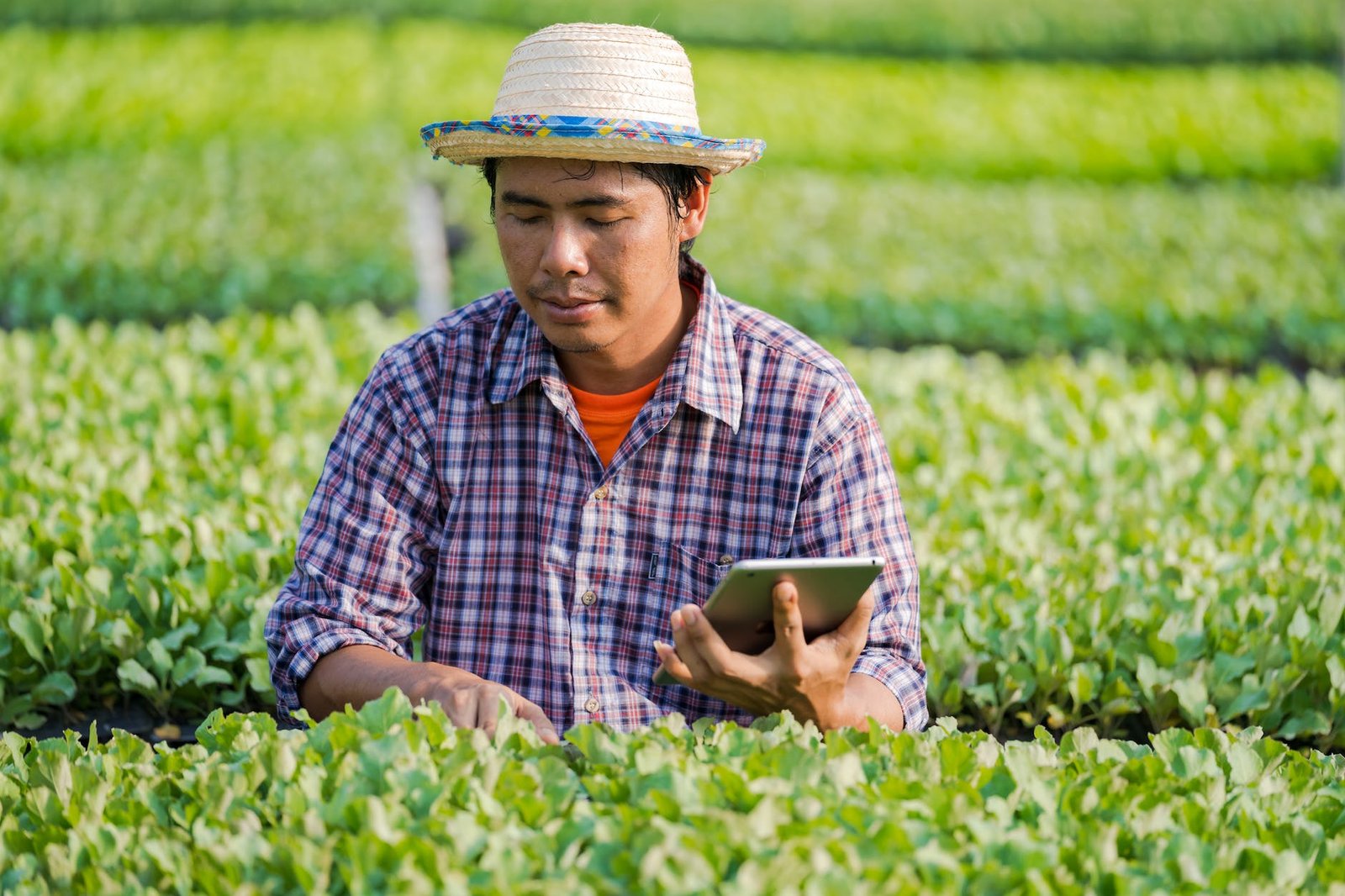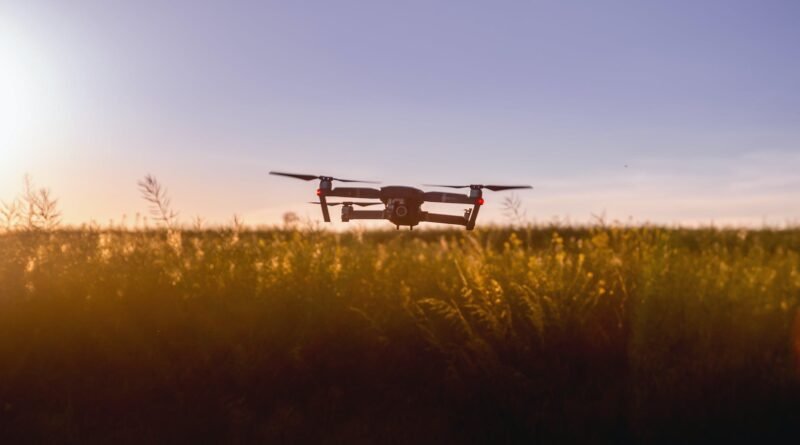Investing in Digital Agriculture Technology: Maximizing Returns and Sustainable Growth

In recent years, the agricultural sector has witnessed a technological revolution that has transformed traditional farming practices. Digital agriculture technology has emerged as a game-changer, offering innovative solutions to increase efficiency, productivity, and sustainability in the industry. However, before making the leap into this digital frontier, it’s essential to understand the potential returns and the payback period associated with investing in such technology.
The Benefits of Digital Agriculture Technology:
Digital agriculture technology encompasses a wide range of tools and solutions, including precision agriculture, remote sensing, Internet of Things (IoT), data analytics, and automation. These technologies offer numerous benefits that can revolutionize farming practices:
- Optimized Resource Utilization: Digital agriculture enables farmers to monitor and analyze real-time data on soil conditions, weather patterns, and crop health. This information empowers them to make precise decisions regarding irrigation, fertilization, and pesticide application, reducing waste and optimizing resource utilization.
- Increased Productivity: Through the integration of data analytics and machine learning algorithms, digital agriculture helps farmers gain insights into crop growth patterns, pest infestations, and yield forecasts. This knowledge allows for proactive decision-making, resulting in increased productivity and higher crop yields.
- Enhanced Sustainability: By employing digital agriculture technologies, farmers can minimize their environmental impact. Targeted resource management helps reduce the use of water, fertilizers, and pesticides, leading to sustainable farming practices that protect ecosystems and promote long-term viability.
- Improved Operational Efficiency: Automation and robotics play a crucial role in streamlining various farming processes. Tasks such as planting, harvesting, and crop monitoring can be automated, reducing labor costs and improving overall operational efficiency.
Calculating the Payback Period:
The payback period refers to the time it takes for an investment to recover its initial costs. In the context of digital agriculture technology, calculating the payback period involves considering several factors:
- Initial Investment: The costs associated with implementing digital agriculture technology include equipment purchases or leases, software licenses, installation, training, and ongoing maintenance. It’s important to conduct a comprehensive assessment of these costs.
- Productivity Gains: One of the key determinants of the payback period is the extent of productivity gains achieved through the technology. For instance, if a precision agriculture system helps optimize water usage, resulting in higher crop yields and increased revenue, the payback period may be shorter.
- Market Conditions: The prevailing market conditions and the demand for agricultural products can influence the payback period. Favorable market prices or increasing demand for sustainable and traceable agricultural products can expedite investment recovery.
- The scale of Operation: The size and scale of the agricultural operation impact the payback period. Larger operations may experience greater economies of scale and have more potential for cost savings and productivity gains, leading to a shorter payback period.
- Long-Term Benefits: While the payback period focuses on recovering the initial investment, it’s crucial to consider the long-term benefits of digital agriculture technology. These technologies provide ongoing advantages, including improved decision-making, reduced operational risks, and increased competitiveness in the market.
Investing in digital agriculture technology can be a strategic move to unlock the full potential of modern farming practices. By leveraging the benefits of precision agriculture, data analytics, and automation, farmers can optimize their resource utilization, increase productivity, and ensure the sustainability of their operations.
While the payback period for digital agriculture investments can vary, conducting a thorough cost-benefit analysis tailored to your specific operation is crucial. It’s advisable to consult with experts in the field, explore case studies, and stay updated on emerging trends. Investing in digital agriculture technology not only promises financial returns but also contributes to building a more sustainable and resilient agricultural sector for the future.





Love This !! my thoughts on this ….
Thanks – PomKing
http://www.pomeranianpuppies.uk
Thanks for the appreciation and love.
hello fellow Bloggers
Thanks – PomKing
http://www.pomeranianpuppies.uk